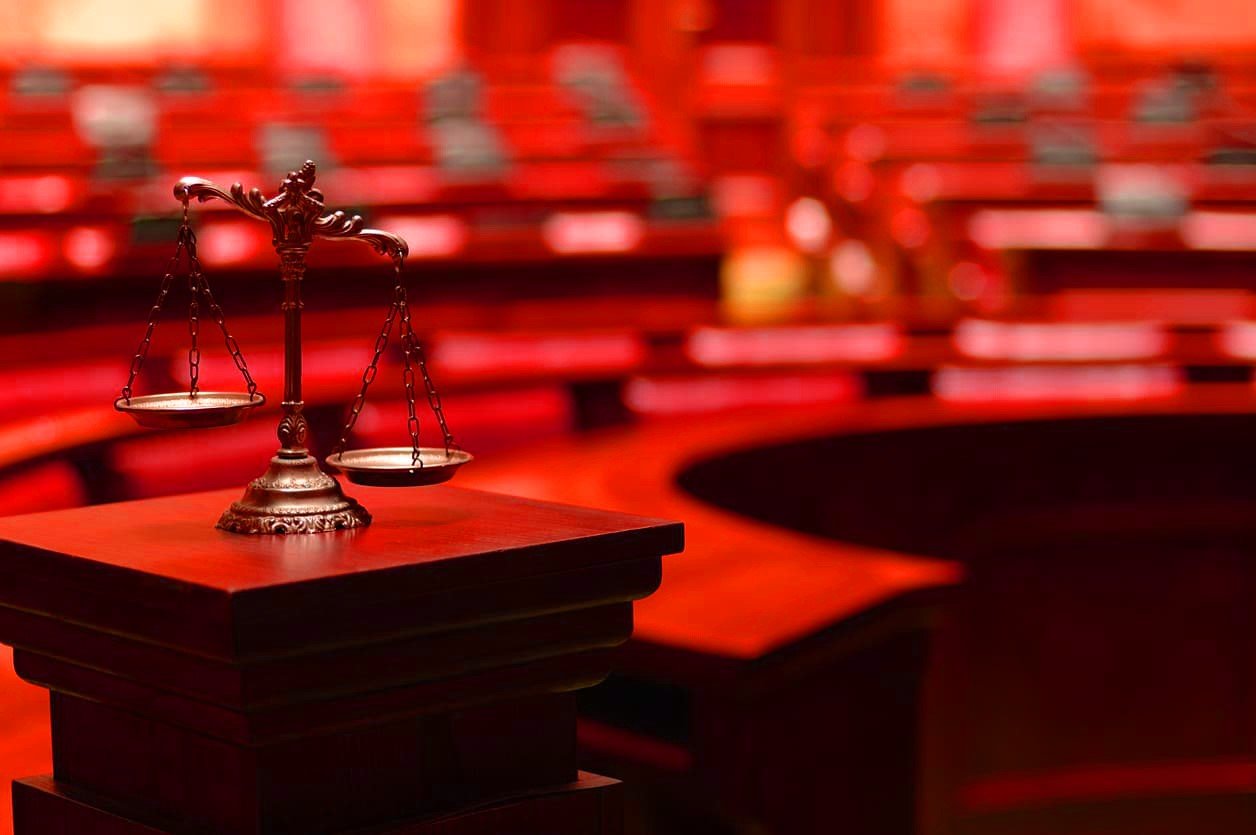Class Action Lawsuits: Overview and Impact
Class action lawsuit overview: Discover how class action lawsuits work, their impact on individuals and companies, and the certification process.

Class action lawsuits provide an essential way for people to collectively seek justice when they are subjected to unjust treatment or widespread injury. Through these cases, a group of persons who have comparable claims against a defendant can band together and use the strength of collective action to seek justice. Individuals who might not have the funds to pursue legal action on their own can effectively challenge wrongdoers and seek compensation by pooling their resources and claims.
Class action lawsuits have an effect outside of the courtroom as well. By tackling problems on a broad scale, they have a big impact on corporate behaviour and legal precedents. Class action lawsuits guarantee that even the tiniest claims are taken seriously and thoroughly handled, from holding corporations accountable for widespread malfeasance to enacting systemic improvements. Their significance in the legal system and society is made clearer by an understanding of their workings and consequences.
Class Action Lawsuits
Definition
A class action lawsuit is a type of legal action where one or several persons sue on behalf of a larger group of people who have similar claims. The person or group filing the lawsuit is known as the “lead plaintiff” or “class representative,” and they represent the interests of all class members.
Criteria for a Class Action
Numerosity
The class must be large enough that joining all potential plaintiffs individually in one lawsuit would be impractical. There is no specific number set in stone, but the class should be numerous enough to justify the class action format. This criterion ensures that the case is manageable and that a single lawsuit is a more efficient solution than multiple individual lawsuits.
Commonality
Every student in the class must be affected by some common legal or factual problems. This implies that all plaintiffs should be involved in the key questions of the case, which include the defendant’s actions and their consequences. Commonality guarantees that settling these problems all at once will give the class a uniform result.
Typicality
The claims or defenses of the class representative (or lead plaintiff) must be typical of those of the class as a whole. This means that the lead plaintiff’s experience and claims should closely mirror those of the other class members. Typicality ensures that the lead plaintiff’s interests align with those of the rest of the class, making them a suitable representative.
Adequacy
The class representative must be able to fairly and adequately represent the interests of the class. This involves having no conflicts of interest with other class members and having the capability to manage the class action effectively. Adequacy also requires that the legal counsel representing the class is qualified and able to handle the complexities of the case.
Predominance and Superiority
In addition to the four core criteria, the class action must also meet the requirements of predominance and superiority (though these may vary by jurisdiction). Predominance means that the common issues in the case should outweigh any individual issues that may arise. Superiority refers to the idea that a class action is a superior method for resolving the dispute compared to individual lawsuits, considering factors like efficiency and the interests of justice.
The Process of a Class Action Lawsuit
Filing the Lawsuit
The process begins when the class representative files a complaint. This complaint outlines the grievances and how the defendant’s actions have harmed the class.
Certification
Discovery and Trial
Once certified, the case moves into the discovery phase, where both parties exchange evidence. If a settlement isn’t reached, the case goes to trial.
Settlement or Verdict
Most class action lawsuits are settled out of court. If a settlement is reached, it must be approved by the court to ensure it’s fair and adequate for all class members. If the case goes to trial, the verdict will apply to all class members.
Impact of Class Action Lawsuits
On Individuals
Class action lawsuits empower individuals who might not have the means to pursue legal action on their own. They ensure that even small claims are addressed when aggregated, making it feasible for people to seek justice and compensation.
On Companies
For companies, class action lawsuits can lead to significant financial liabilities. They often result in settlements or judgments that can amount to millions of dollars. This can also impact a company’s reputation and operations.
On the Legal System
Class actions can streamline the legal process by consolidating multiple similar claims into one case. This can reduce the court’s burden and provide a more efficient resolution for similar grievances.
On Society
Class action lawsuits can drive systemic change by addressing widespread issues such as consumer fraud, environmental damage, or employment discrimination. They hold corporations and institutions accountable for their actions on a larger scale.
Read More: Healthcare Law News: Regulations and Trends
Conclusion
Class action lawsuits are an essential tool for collective justice because they allow people with comparable complaints to band together and hold perpetrators accountable. This legal procedure not only aids those who might not have the funds to pursue individual claims, but it also simplifies the court system by combining several related cases into a single action. The capacity to tackle extensive problems via class actions guarantees that minor lawsuits can yield significant results when combined.
Furthermore, class action lawsuits have far-reaching effects that go well beyond individual instances. They possess the ability to instigate noteworthy alterations in business procedures, improve regulatory supervision, and establish consequential legal guidelines. Class action lawsuits address systemic concerns and promote accountability, which makes the judicial system and society more equal. Comprehending their function highlights the significance of group litigation in pursuing fairness and implementing substantial modifications.
FAQs
What is a class action lawsuit?
A lawsuit is a legal procedure where a group of people with similar claims against a defendant come together to sue collectively. It allows for efficient resolution of multiple similar cases through one lawsuit.
How do you qualify for a class action?
To qualify, the case must meet criteria such as numerosity (a large number of plaintiffs), commonality (shared legal or factual issues), typicality (similar claims among plaintiffs), and adequacy (the class representative must fairly represent the group).
What is the role of the class representative?
The class representative, or lead plaintiff, files the lawsuit and represents the interests of all class members. They play a key role in decision-making throughout the case.
How are class action settlements handled?
It settlements are typically negotiated between the parties and must be approved by the court to ensure fairness. The settlement funds are then distributed among the class members.
What impact do class action lawsuits have on companies?
The lawsuits can lead to significant financial settlements and affect a company’s reputation. They also drive changes in corporate practices by holding companies accountable for widespread issues.











